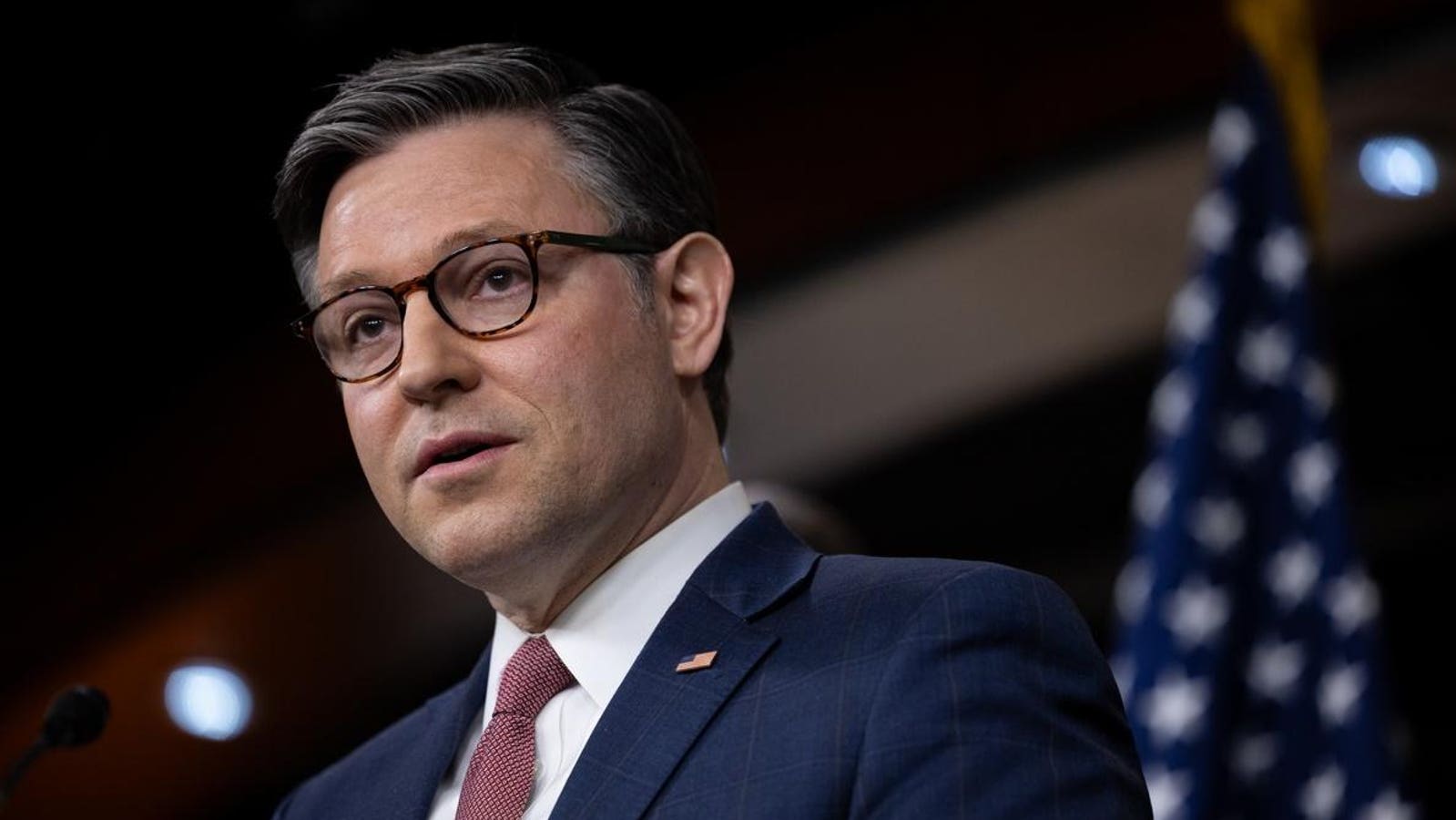Money
Student Loan Borrowers, You May Need To Change Repayment Plans In 2025 — And It Could Be Costly

Federal Student Loan System Faces Major Overhaul, Potentially Increasing Borrowers’ Payments
The federal student loan system is on the brink of a seismic shift, with millions of borrowers potentially facing higher monthly payments and the loss of key forgiveness programs. Federal courts and Congress are driving these changes, which could reshape the future of student loan repayment in the U.S. At the center of the storm are income-driven repayment (IDR) plans, including the SAVE plan, which have been targeted by both legal challenges and legislative proposals. Borrowers enrolled in these plans may soon find themselves forced to switch to more expensive repayment options, leading to significant financial strain.
The SAVE Plan and IDR Forgiveness Under Threat
The SAVE plan, a Biden-era IDR program, has been a focal point of legal battles and political debates. Unlike other IDR plans, SAVE offers borrowers lower monthly payments, interest benefits, and faster loan forgiveness, making it a lifeline for millions of borrowers. However, a coalition of Republican-led states sued to halt the program, arguing that it exceeds Congress’s original authority when it created IDR plans decades ago. The 8th Circuit Court of Appeals recently extended a preliminary injunction blocking SAVE, leaving borrowers in limbo.
The court’s ruling not only halted SAVE but also extended an injunction to two other IDR plans: the Income-Contingent Repayment (ICR) plan and the Pay As You Earn (PAYE) plan. While these plans remain operational, loan forgiveness at the end of their respective repayment terms (20 or 25 years) is now blocked. The decision sends a clear signal that the court may strike down forgiveness for ICR and PAYE as well, upending decades of regulations and assurances made to borrowers. Millions of borrowers who relied on these plans for eventual debt relief are now facing uncertainty.
Congressional Proposals Aim to Eliminate IDR Forgiveness
While the legal challenges to IDR plans are significant, Congress is also considering sweeping changes to the federal student loan system. Republican lawmakers are pursuing cost-cutting measures to offset the expenses of extending tax cuts, with IDR forgiveness programs squarely in their sights. A House Budget Committee memo revealed that the SAVE plan and other IDR programs are on the chopping block. In their place, Republicans are proposing a new IDR option that eliminates forgiveness after 20 or 25 years. Instead, borrowers would only qualify for forgiveness after paying the equivalent of a 10-year Standard Repayment plan, a threshold that many lower-income borrowers may never reach.
The proposed changes would also impact Public Service Loan Forgiveness (PSLF), though specifics remain unclear. Under the current plan, the new IDR option would apply only to loans taken out after June 2024, potentially grandfathering in existing borrowers. However, the legal challenges to SAVE, ICR, and PAYE complicate this picture, as borrowers currently enrolled in these plans may lose access to forgiveness even if Congress’s proposals are finalized.
Borrowers May Be Forced to Switch Repayment Plans
With the SAVE plan and other IDR programs under threat, millions of borrowers may need to explore alternative repayment options. Over 8 million borrowers are currently enrolled in SAVE, and millions more are repaying their loans under ICR and PAYE. For many, the Income-Based Repayment (IBR) plan may become the only viable option for eventual forgiveness. Unlike SAVE and other plans, IBR is not currently facing legal challenges and was explicitly authorized by Congress to provide forgiveness after 20 or 25 years.
Switching to IBR could provide some relief, as payments made under SAVE, ICR, and PAYE will count toward the forgiveness term under IBR. This means borrowers won’t have to start over in their quest for forgiveness. However, IBR is less generous than SAVE, and borrowers may face higher monthly payments. For those on track for PSLF, the situation is more complex. While PSLF remains untouched by legal challenges, borrowers repaying under IDR plans may still face disruptions if forgiveness is eliminated for those plans.
Higher Payments and Lifelong Debt for Many Borrowers
The changes to the student loan system could have devastating financial consequences for borrowers. Switching to less generous repayment plans or losing access to forgiveness altogether will likely result in higher monthly payments for millions. Research by The Institute for College Access and Success (TICAS) suggests that the House Republican proposal alone could increase monthly payments by nearly $200 for the average borrower. For lower-income borrowers, the impact could be even more severe, as they may be forced to pay a larger portion of their limited income toward their loans.
Higher-income borrowers are also at risk of seeing their payments soar. For example, a borrower earning $100,000 annually could see their monthly payments jump from $270 under SAVE to nearly $1,000 under IBR. Parent PLUS borrowers, who often rely on ICR, may face the worst outcome if forgiveness is eliminated for that plan. Without alternative repayment options, many of these borrowers could default on their loans, leading to long-term financial instability.
Conclusion: A Future of Uncertainty for Student Loan Borrowers
The federal student loan system is at a crossroads, with borrowers facing unprecedented uncertainty. The legal and legislative attacks on IDR forgiveness programs threaten to dismantle a system that has provided financial relief to millions of Americans. While some borrowers may find relief through IBR or PSLF, others may be left with no path to forgiveness and a lifetime of debt. As the courts and Congress continue to shape the future of the student loan system, borrowers must remain vigilant and advocate for policies that protect their financial well-being. The stakes are high, and the consequences of inaction could be devastating for generations of student loan borrowers.


















